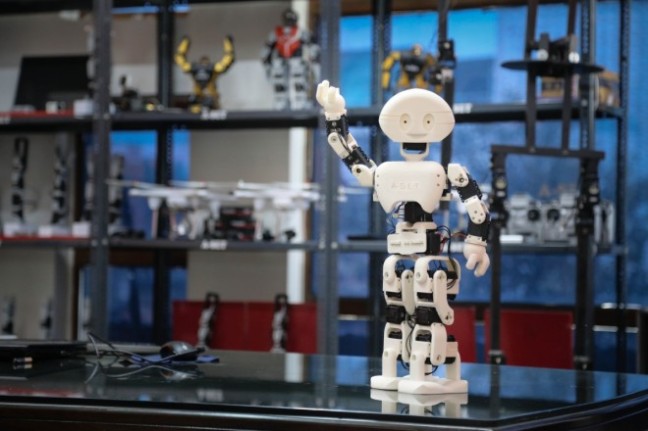
The term “uncanny valley” was coined by notable robotics professor, Masahiro Mori, in 1970 to explain the phenomena of unease in the presence of humanoid robots. Mori, and other AI and robotics researchers since then, have noticed an interesting trend in which people start out with a positive view of robots but grow increasingly uneasy the more closely they resemble humans. Then at a certain point when the robots are practically indistinguishable from live persons, the unease subsides.
Much psychological thought has gone into this phenomenon but it is still unclear what exactly causes it. One thing is clear, however, when robots resemble humans but there’s something a little off, we notice it, and it creeps us out. This is one of the biggest problems facing artificial intelligence and robotics researchers today.
Though chatbots are not humanoid in appearance—they’re not machines at all, but rather, computer programs—the uncanny valley is still a phenomenon that has been observed with them.
A history of automated customer service
When companies first began using automated phone answering systems to more efficiently route calls, the voices were obviously robotic and the customer on the other end knew it was a machine. They knew what the system could and couldn’t do and it didn’t resemble a conversation between two humans in a way that made people uncomfortable. As time went on, however, these systems became more advanced and the line between machine and human were blurred. The majority of automated phone answering systems today still use a more monotone, robotic-sounding voice though the technology exists to make it sound more like a human.
The problem for chatbot developers
The first chatbots were simple programs that were able to respond with a handful of pre-written sentences. But as more artificial intelligence goes into the programming, chatbots are being developed that can engage in small-talk and can even simulate personality. While some may respond positively to this, others prefer their chatbots be more obviously robotic in their conversations. For chatbot developers, that means walking a fine line between creating chatbots that aren’t seemingly rude in their directness but not overly human-sounding either, at least until the technology advances enough to make chatbots indistinguishable from real humans.
Mobile Technology News brought to you by biztexter.com
Source: theatlantic.com/technology/archive/2017/04/uncanny-valley-digital-assistants/523806/

